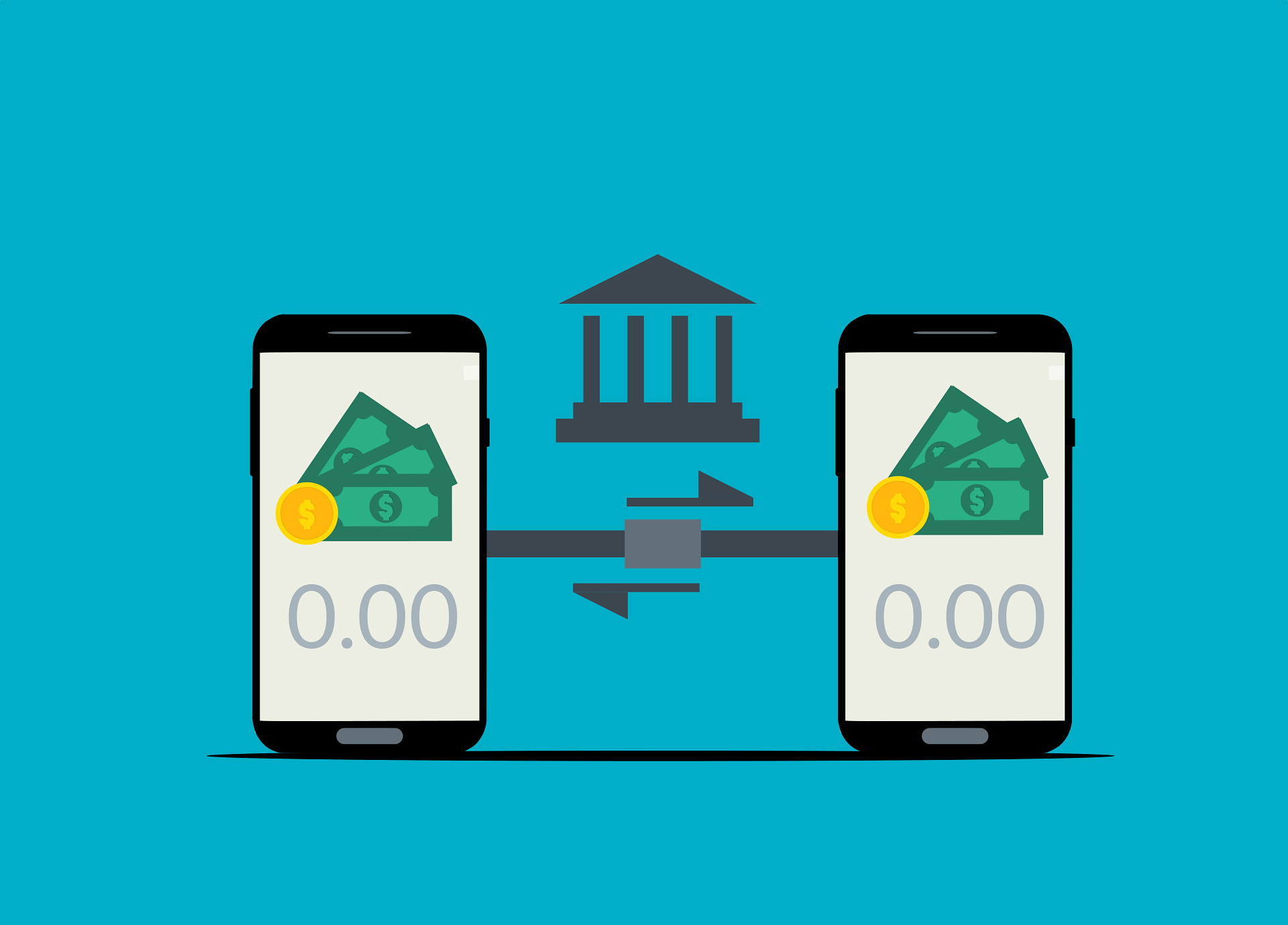In the fast-paced world of technology, digital transactions have become an integral part of our daily lives. From online shopping to mobile banking, the convenience and efficiency of digital transactions have revolutionized the way we conduct financial transactions and interact with businesses. In this article, we delve into the evolution of digital transactions, their impact on various industries, and the future trends shaping the digital payment landscape.
1. The Evolution of Digital Transactions
Digital transactions have come a long way since their inception, evolving from simple online purchases to complex financial transactions conducted across multiple platforms and channels. The roots of digital transactions can be traced back to the early days of the internet, with the introduction of e-commerce websites and online payment gateways in the 1990s. Over the years, advancements in technology, security, and user experience have transformed digital transactions into a seamless and ubiquitous aspect of modern life.
Table: Milestones in the Evolution of Digital Transactions
| Milestone | Description |
|---|---|
| Introduction of Online Banking | Banks begin offering online banking services, allowing customers to check balances and transfer funds remotely. |
| Emergence of E-Commerce Platforms | The rise of e-commerce platforms such as Amazon and eBay revolutionizes the way consumers shop and make purchases online. |
| Introduction of Mobile Wallets | Mobile wallet apps such as Apple Pay and Google Pay enable users to make secure payments using their smartphones. |
| Expansion of Cryptocurrency | The introduction of cryptocurrencies such as Bitcoin and Ethereum offers an alternative form of digital currency for online transactions. |
| Integration of Contactless Payments | Contactless payment methods such as NFC technology and QR codes enable fast and convenient transactions in-store and online. |
2. The Impact of Digital Transactions
The widespread adoption of digital transactions has had a profound impact on various industries, from retail and banking to healthcare and entertainment. Businesses have leveraged digital transactions to streamline operations, improve customer experiences, and drive revenue growth. Consumers, on the other hand, have benefited from the convenience, accessibility, and security of digital transactions, enabling them to manage their finances and make purchases with ease.
Table: Impact of Digital Transactions on Industries
| Industry | Impact |
|---|---|
| Retail | Digital transactions have transformed the retail industry, enabling online shopping and omnichannel experiences for consumers. |
| Banking | Digital banking services offer customers 24/7 access to their accounts, online bill pay, and mobile check deposits, revolutionizing traditional banking. |
| Healthcare | Digital transactions facilitate electronic health records, telemedicine appointments, and online prescription refills, improving access to healthcare services. |
| Entertainment | Streaming services and digital content platforms offer subscription-based models for accessing movies, music, and other media content online. |
3. Trends Shaping the Future of Digital Transactions
As technology continues to evolve, several key trends are shaping the future of digital transactions, including the rise of mobile payments, the adoption of blockchain technology, and the growth of peer-to-peer (P2P) transactions. Additionally, the ongoing COVID-19 pandemic has accelerated the shift towards digital transactions, as consumers and businesses alike seek contactless and remote payment solutions.
Table: Trends Shaping the Future of Digital Transactions
| Trend | Description |
|---|---|
| Mobile Payments | The proliferation of smartphones and mobile wallet apps is driving the adoption of mobile payments for in-store and online transactions. |
| Blockchain Technology | Blockchain technology offers secure and transparent transaction processing for cryptocurrencies and other digital assets. |
| Peer-to-Peer Transactions | P2P payment apps such as Venmo and PayPal enable users to transfer money to friends and family instantly, without the need for cash or checks. |
| Contactless Payments | Contactless payment methods such as NFC technology and QR codes are becoming increasingly popular for in-store and online transactions. |
Conclusion
In conclusion, digital transactions have transformed the way we conduct financial transactions and interact with businesses in the digital age. From online banking and e-commerce to mobile payments and contactless transactions, the convenience and efficiency of digital transactions have revolutionized the way we manage our finances and make purchases. As technology continues to evolve and consumer preferences shift, businesses must adapt to meet the growing demand for secure, seamless, and convenient digital payment solutions.
By understanding the evolution of digital transactions, their impact on various industries, and the future trends shaping the digital payment landscape, businesses can position themselves for success in an increasingly digital world.
Sources:
TechCrunch: https://techcrunch.com
Statista: https://www.statista.com
Forbes: https://www.forbes.com
McKinsey & Company: https://www.mckinsey.com
Deloitte: https://www2.deloitte.com

